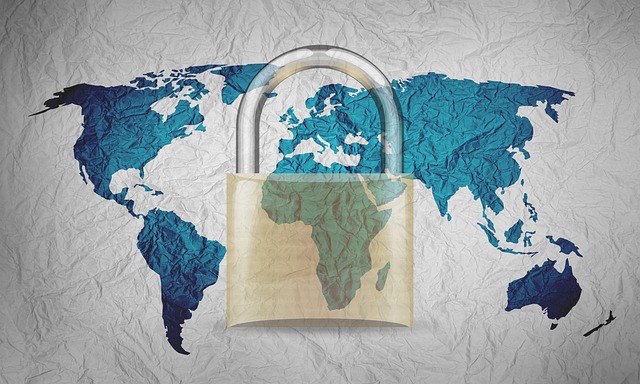
Are you tired of worrying about the safety of your online shopping experiences?
Imagine this: you find the perfect pair of shoes online, make the purchase, and eagerly await their arrival. But instead of the shoes, you receive a package filled with disappointment and frustration.
Don’t let this scenario become your reality. In this article, we will guide you through the world of safe online shopping and teach you how to securely purchase goods and services.
By understanding the risks involved, choosing secure online retailers, and using secure payment methods, you can protect yourself from fraud and ensure a smooth shopping experience.
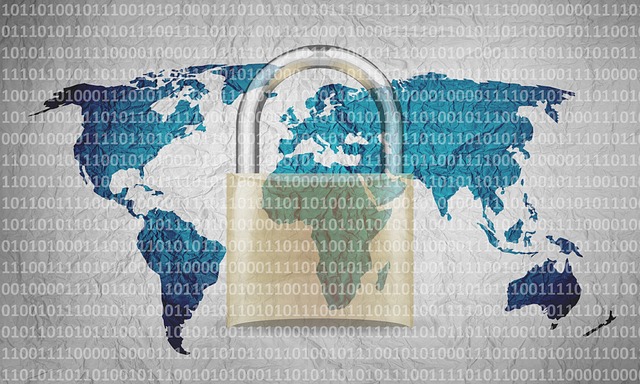
We will also discuss the importance of protecting your personal information, keeping records of transactions, and educating your family members on safe online shopping practices.
So, let’s dive in and make your online shopping experience worry-free.
Key Takeaways
- Importance of safe online shopping
- Risks of online shopping
- Protecting personal information
- Safe online shopping practices
Introduction
When it comes to online shopping, it’s crucial to ensure the safety of your personal information. Imagine a virtual fortress protecting your credit card details and sensitive data.
Safe online shopping involves using secure payment methods and being aware of the risks associated with online shopping. One of the main risks is phishing attempts. Cybercriminals try to trick you into providing your personal information through deceptive emails or websites.
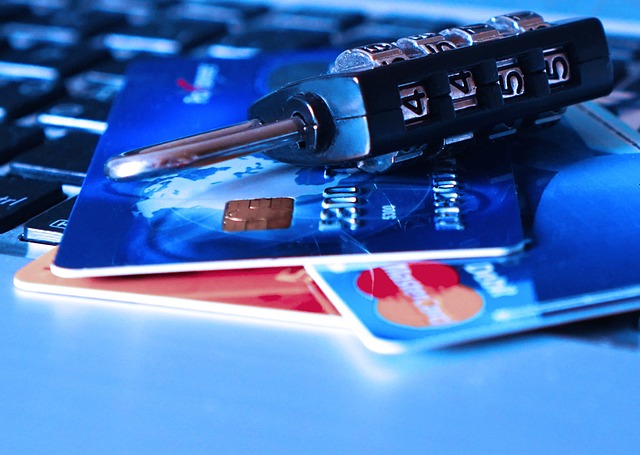
To protect yourself, always double-check the website’s legitimacy and avoid clicking on suspicious links.
Another important aspect is ensuring a secure wifi connection. Public or unsecured networks can make it easier for hackers to intercept your data.
By following these precautions, you can shop online with peace of mind, knowing that your personal information is safeguarded.
Understanding Online Shopping Risks
When conducting online shopping, it’s important to understand the common threats that can jeopardize your security. From phishing scams to fake websites, there are various risks that can put your personal and financial information at risk.
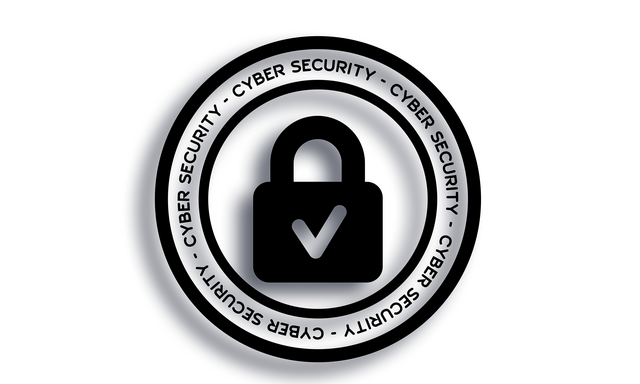
If a security breach occurs during your online shopping experience, you may face serious consequences. These can include identity theft, unauthorized transactions, and financial loss.
Common Online Shopping Threats
To ensure safe online shopping, it is essential to be aware of common online shopping threats. These threats include phishing scams and fake websites, as well as the risks of payment fraud and identity theft.
Phishing scams involve cybercriminals tricking you into revealing sensitive information, such as your credit card details or login credentials, by posing as legitimate entities through emails or websites.
Fake websites, on the other hand, are designed to look like safe online shopping sites but are actually created by scammers to steal your personal and financial information.

To protect yourself, always verify the legitimacy of the website before making a purchase, look for secure payment options, and check for customer reviews. Choose safe shopping websites that have secure payment gateways and encryption to ensure the safest way to shop online.
Stay vigilant and only use reputable and safe shopping sites for your online purchases.
Consequences of Online Shopping Security Breaches
The aftermath of online shopping security breaches can leave unsuspecting customers vulnerable to financial loss and their personal information exposed. It is essential to prioritize safe online shopping to avoid these consequences.
When shopping online, make sure to only use safe online shopping websites and reputable online stores. Look for websites that have secure payment options and encryption to protect your personal information. It is also recommended to use the safest way to buy online, such as using a credit card instead of a debit card, as credit cards offer better fraud protection.
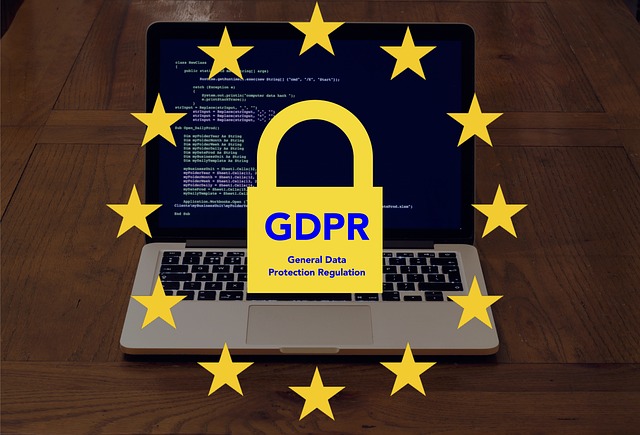
If a security breach occurs, the consequences can be severe. Customers may experience unauthorized charges on their accounts, identity theft, or even have their personal information sold on the dark web. Taking precautions and choosing safe online shopping practices can help prevent these potentially devastating consequences.
Choosing Secure Online Retailers
When choosing secure online retailers, it’s important to do your research and select reputable stores. Look for online retailers that have positive customer reviews and a good reputation for delivering quality products and services.
Additionally, make sure to verify the website security of the online store you are considering by looking for secure payment options and a secure browsing experience.
Researching and Selecting Reputable Online Stores
Make sure you choose reputable online stores by doing thorough research and selecting ones that have positive customer reviews and secure payment options.
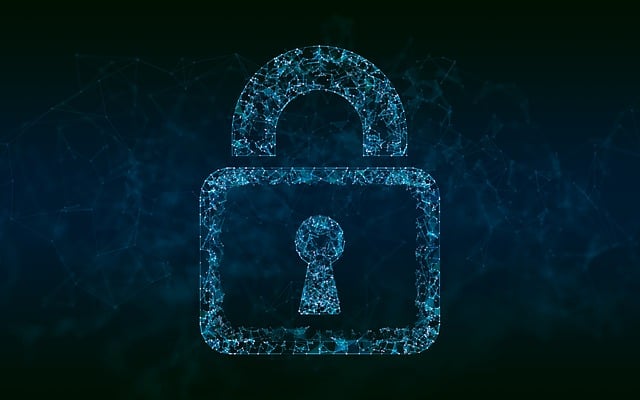
When it comes to safe online shopping, it’s essential to shop from trustworthy websites. Look for online stores that have a good reputation and positive feedback from previous customers. Reading reviews can give you an idea of the quality of the products and the overall shopping experience.
Additionally, make sure the online store has secure payment options, such as encrypted payment gateways or trusted third-party payment processors. This will help protect your financial information when making a purchase.
Some safe websites to shop online include well-known retailers like Amazon, eBay, and Walmart. You can also find safe online shopping apps that offer secure transactions and buyer protection.
Remember, taking the time to research and select reputable online stores is crucial for a safe buy online experience.

Verifying Website Security
To verify website security, there are a few key steps you can take:
- Check for a valid SSL/TLS certificate: Look for the padlock symbol in the browser’s address bar, which indicates that the website has a valid certificate. This certificate ensures that the connection between your device and the website is encrypted, making it difficult for hackers to intercept your personal information.
- Look for secure payment gateways: When making a purchase, ensure that the website uses secure payment gateways such as PayPal or trusted credit card processors. These gateways provide an extra layer of security by encrypting your payment information, reducing the risk of it being compromised.
- Trust seals from reputable organizations: Keep an eye out for trust seals from reputable organizations like McAfee or Norton. These seals are typically displayed on the website and indicate that the site has undergone security checks. They can give you added confidence in the website’s safety.

- Read product reviews: Before making a purchase, take the time to read product reviews. These reviews can provide valuable insight into the reliability and quality of the online products. By considering the experiences of others, you can make a more informed decision and shop securely online.
By following these steps, you can ensure that you are visiting a secure website and reduce the risk of falling victim to online scams or having your personal information compromised.
Secure Online Payment Methods
When you are making online payments, it’s important to use secure payment options to protect your sensitive information. By using trusted third-party payment services like PayPal or Amazon Pay, you can ensure that your payment details are encrypted and protected from fraud.
Avoid sharing your sensitive payment information directly with online retailers to minimize the risk of your information being compromised.

Using Secure Payment Options
Using secure payment options allows you to shop online with peace of mind and enjoy a worry-free shopping experience.
In order to have safe online shopping, it is essential to choose payment gateways that prioritize security. These gateways use SSL/TLS certificates to encrypt your sensitive information, such as credit card details, during the transaction process. By doing so, they ensure that your personal data remains confidential and protected from any potential cyber threats.
Secure payment options also provide an additional layer of authentication, such as two-factor authentication, to verify your identity and prevent unauthorized access.
By opting for these secure payment methods, you can confidently and securely purchase goods and services online, knowing that your financial information is well-protected.

Avoiding Sharing Sensitive Payment Information
Protect yourself from potential cyber threats by keeping your sensitive payment information hidden like a precious treasure. Ensure your online shopping experience remains worry-free by following these steps:
- Avoid sharing sensitive payment information with anyone or any website that you are not familiar with.
- Stick to safe places to shop online, such as reputable and well-known websites or businesses that have secure payment options.
- Look for secure payment icons, such as the lock symbol or ‘https’ in the website’s URL, to ensure that your information is being transmitted securely.
Consider using one-time payment methods, such as virtual credit cards or digital wallets, for added security. These methods can help protect your sensitive payment information by minimizing the amount of personal data that is shared during transactions.
Stay safe and enjoy your safe shop online shopping experience, whether you’re using a computer or a mobile device.
Protecting Personal Information
When it comes to protecting your personal information online, there are three key points to keep in mind.

Firstly, you should limit the sharing of your personal information as much as possible, especially on platforms and websites that you are not familiar with.
The secondly, make sure to review and adjust your privacy settings on social media and other online accounts to ensure that only the necessary information is visible to others.
And lastly, always prioritize account security by using strong and unique passwords, enabling two-factor authentication, and regularly updating your passwords to prevent unauthorized access.
Limiting Personal Information Sharing
To ensure a safer and more secure online shopping experience, it is important to limit the personal information you share. Only provide the necessary information required for the transaction when making a purchase. Avoid giving out personal details that are not directly related to the purchase. Be cautious about sharing your address, phone number, and email address, as this information can be used for unwanted marketing or even identity theft.

Stick to reputable online retailers such as Shopee, Amazon, Alldaychemist, and Jigsaw, who prioritize your safety and privacy. Before sharing any personal information, make sure the website is secure by looking for the padlock icon in the address bar and ensuring the URL starts with ‘https.’
Remember, safe online shopping is about being smart and cautious when sharing your personal information in the vast online marketplace.
Privacy Settings and Account Security
Take control of your digital fortress by fortifying your privacy settings and strengthening your account security. When it comes to safe online shopping, these steps are crucial.
Start by reviewing and adjusting the privacy settings on your favorite online retailers’ websites. Limit the amount of personal information you share and opt out of any unnecessary data collection.

Additionally, consider using a VPN (Virtual Private Network) to encrypt your internet connection and protect your identity from hackers.
Another important aspect of account security is using unique and strong passwords for each online account. Enable two-factor authentication whenever possible to add an extra layer of protection.
Lastly, be cautious when sharing tracking numbers for your purchases. Only provide them to trusted parties to avoid potential scams or unauthorized access to your packages.
By taking these precautions, you can ensure a safer online shopping experience, especially during events like Cyber Monday.

Safe Browsing and Avoiding Phishing
When it comes to safe browsing and avoiding phishing, there are three key points to keep in mind.
First, you need to be able to identify phishing attempts. This means being cautious of emails or messages that ask for personal information or contain suspicious links.
Second, avoid clicking on any suspicious links or downloading attachments from unknown sources. These could potentially contain harmful malware or viruses.
Lastly, always verify the website URLs and SSL certificates before entering any sensitive information. This will help ensure that you are on a secure and trusted website.
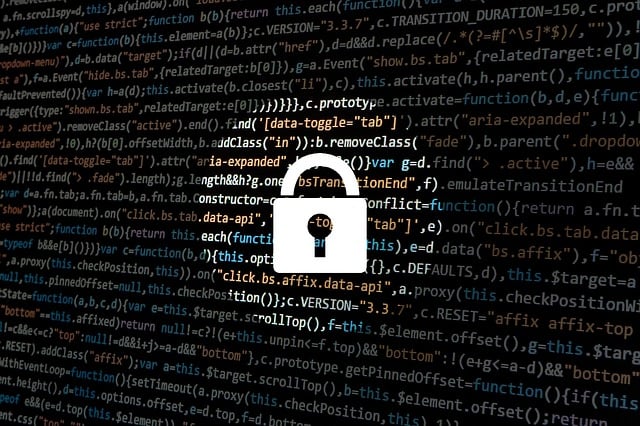
Identifying Phishing Attempts
Spotting phishing attempts can be a real challenge, but knowing the red flags and staying vigilant is the key to keeping your online shopping experiences secure.
One common red flag is receiving an email or message asking for personal or financial information. Legitimate companies will never ask for this information via email.
Another red flag is poor grammar and spelling mistakes in the email or message. This is a sign that the sender may not be a reputable source.
Be cautious of urgent or threatening language, as well. Phishing attempts often try to create a sense of urgency to make you act quickly without thinking.

Finally, be wary of unexpected attachments or links in emails. Hover over the link to see the actual URL before clicking, and only download attachments from trusted sources.
By recognizing these red flags, you can protect yourself from falling victim to phishing attempts while shopping online.
Avoiding Clicking on Suspicious Links or Downloading Attachments
Be cautious of any links or attachments that seem suspicious, as they may lead you down a dangerous path you never expected. When shopping online, it’s important to be vigilant and avoid clicking on any links or downloading attachments from sources you don’t trust.
Cybercriminals often use phishing emails or fake websites to trick unsuspecting users into clicking on malicious links or downloading infected attachments. These links and attachments can contain malware or spyware that can compromise your personal information or even take control of your device.
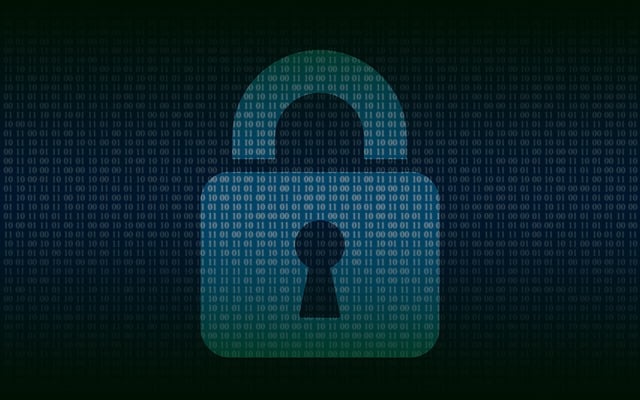
To stay safe, always double-check the source of the link or attachment before clicking or downloading. Look for any red flags such as misspellings, odd email addresses, or requests for personal information.
Remember, it’s better to be safe than sorry when it comes to online security.
Verifying Website URLs and SSL Certificates
To ensure you’re on the right track, it’s important to verify website URLs and SSL certificates. Start by checking the website URL in the address bar. Legitimate websites will have a URL that matches the company or brand you are shopping with. Watch out for URLs with misspellings or additional numbers or characters.
In addition to examining the URL, look for a padlock icon in the address bar or a URL that starts with ‘https’ instead of ‘http’. This indicates that the website has a valid SSL certificate. An SSL certificate encrypts your data and establishes a secure connection between your device and the website.
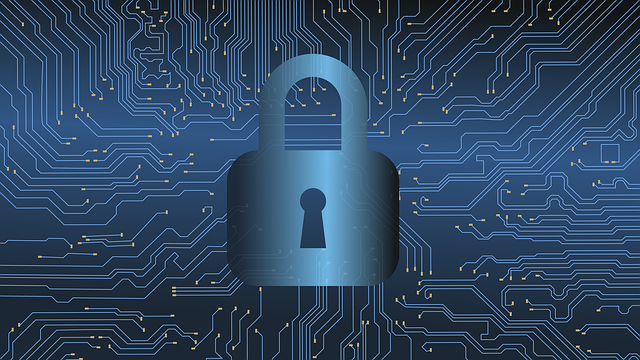
By verifying website URLs and SSL certificates, you can shop online with confidence and protect your personal information.
Secure Wi-Fi and Network Connections
Using unsecured Wi-Fi can put you at riskwhen shopping online. Hackers can easily intercept your personal information and credit card details, leading to identity theft or financial loss.
To ensure your online safety, it’s recommended to use a Virtual Private Network (VPN). A VPN encrypts your internet connection and protects your data from prying eyes.
Risks of Using Unsecured Wi-Fi for Shopping
Surrounded by the hustle and bustle of a crowded café, little did she know that her careless decision to connect to the unsecured Wi-Fi network would expose her to the lurking dangers of online shopping.

While the convenience of free Wi-Fi may seem tempting, it comes with significant risks. Unsecured networks provide an open invitation for hackers to intercept sensitive information, such as credit card details and passwords. Without proper encryption, these cybercriminals can easily access personal data and misuse it for fraudulent activities.
Moreover, unsecured Wi-Fi networks lack the necessary security protocols, making it easier for attackers to deploy malware and viruses onto unsuspecting devices.
To ensure a safe online shopping experience, it is crucial to only connect to trusted and secured Wi-Fi networks, or better yet, use a Virtual Private Network (VPN) for added protection.
Using Virtual Private Networks (VPNs) for Added Security
Using Virtual Private Networks (VPNs) for added security is a powerful way to protect your sensitive information when shopping online. By encrypting your internet connection and routing it through a secure server, VPNs create a secure and private network that prevents hackers and potential eavesdroppers from accessing your personal data. VPNs also allow you to browse the internet anonymously, hiding your IP address and location.
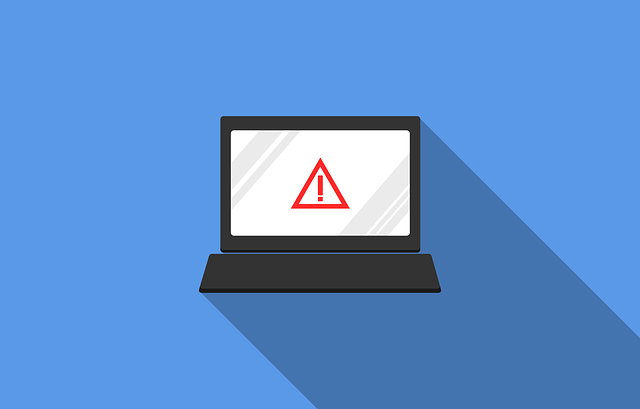
With the added layer of security provided by VPNs, you can confidently shop online, knowing that your personal and financial information is protected. So, before you start shopping, make sure to set up a VPN and enjoy a worry-free online shopping experience.
Reading Reviews and Ratings
When it comes to reading reviews and ratings, it’s important for you to validate the seller and product reviews. This means checking if the reviews are from verified buyers and if they seem genuine.
Additionally, you should research the product quality and reputation by looking for other sources of information such as professional reviews or customer feedback on different platforms.
By following these steps, you can make more informed decisions when purchasing goods and services online.
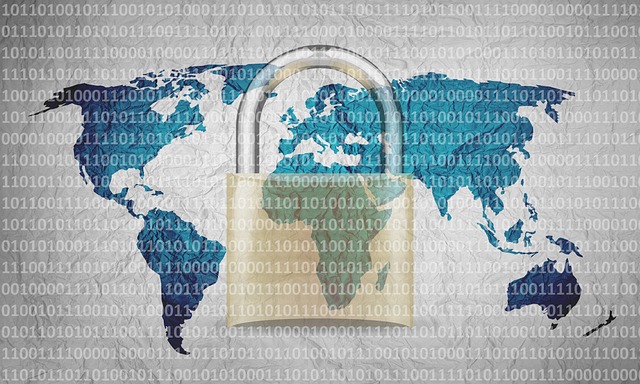
Validating Seller and Product Reviews
To ensure your online shopping experience is secure, it’s essential to validate seller and product reviews. This enables you to make informed decisions and avoid potential scams or unreliable sellers.
When reading reviews, look for consistency and diversity in the feedback. If a seller or product has an overwhelming number of positive reviews that seem too good to be true, it could be a red flag indicating fake or manipulated reviews.
Be cautious of reviews that are overly generic or lack specific details, as these may also be signs of fake reviews. Take the time to research the reviewer’s profile and check if they have a history of leaving reliable feedback.
By validating seller and product reviews, you can ensure that you are purchasing from trustworthy sources and minimize the risk of being scammed while shopping online.
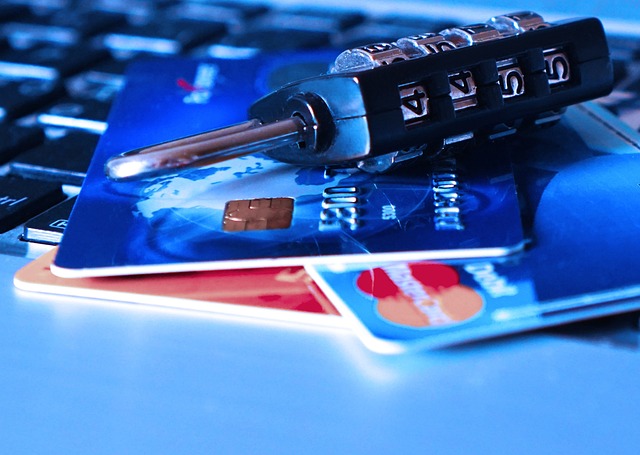
Researching Product Quality and Reputation
Researching product quality and reputation can help ensure that the items you buy meet your expectations and are from reputable sources. Before making a purchase, take the time to research the product and its reputation.
Look for customer reviews and ratings on multiple websites to get a better understanding of the product’s quality and performance. Pay attention to any recurring complaints or issues mentioned by customers.
Additionally, it’s important to research the reputation of the seller or retailer. Check for any negative feedback or complaints about their customer service, delivery times, or return policies. Look for trust symbols or certifications on their website, indicating that they adhere to certain safety standards.
By doing your research, you can make informed decisions and minimize the risk of purchasing poor-quality or counterfeit products.
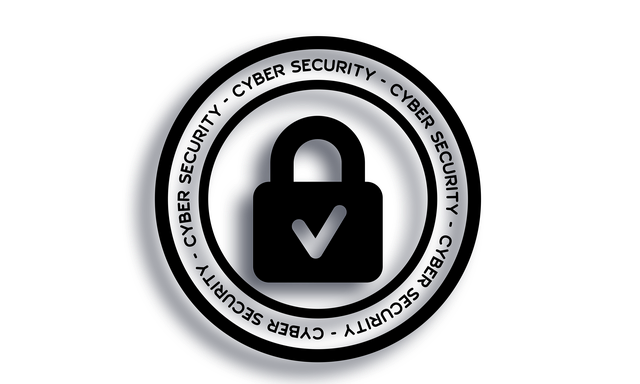
Checking Return and Refund Policies
When it comes to safe online shopping, it’s important to understand the return and exchange policies of the website or retailer you’re purchasing from.
Make sure to verify the refund procedures, such as whether you’ll receive a full refund or store credit, and the timeframes for returning or exchanging items.
By being aware of these key points, you can ensure a hassle-free experience in case you need to return or exchange your purchase.
Understanding Return and Exchange Policies
Understanding return and exchange policies can save you from potential frustration and disappointment when you realize the item you purchased online doesn’t meet your expectations.

It’s important to carefully read and understand the return and exchange policies of the online retailer before making a purchase. These policies outline the conditions under which you can return or exchange an item, such as the time frame, condition of the item, and any associated fees.
Some online retailers offer free returns or exchanges, while others may require you to cover the return shipping costs. Additionally, it’s crucial to keep the original packaging and receipts, as they may be required for a return or exchange.
By familiarizing yourself with the return and exchange policies, you can make informed decisions and ensure a hassle-free online shopping experience.
Verifying Refund Procedures and Timeframes
Now that you understand return and exchange policies, it’s important to verify refund procedures and timeframes when shopping online.
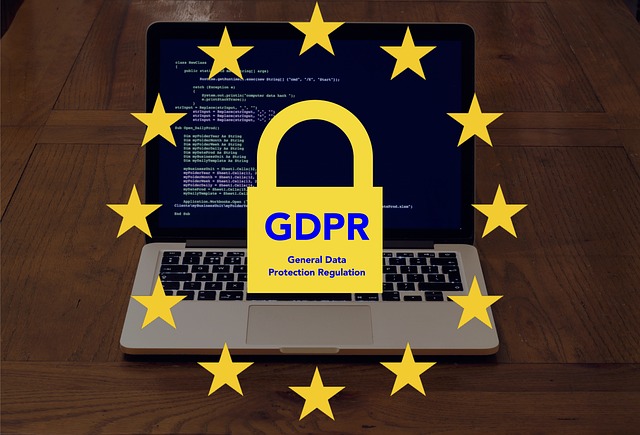
When making a purchase, you want to ensure that you have a clear understanding of how refunds are processed and how long it will take to receive your money back. Take the time to read the online store’s refund policy and make note of any specific instructions or requirements.
Some online retailers may issue refunds back to your original payment method, while others may offer store credit or gift cards instead.
Additionally, be aware of the timeframe for refunds. While some refunds may be processed quickly, others may take several weeks to complete.
By verifying refund procedures and timeframes, you can shop online with confidence, knowing that you are protected if any issues arise.
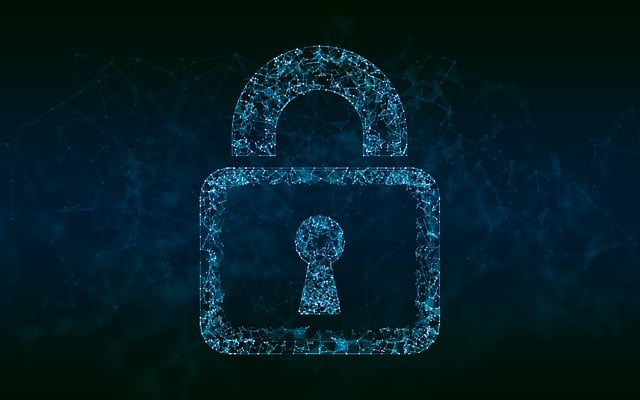
Tracking and Confirming Orders
To track and confirm your orders, you can use tracking numbers to monitor the shipment progress. This will allow you to stay informed about the whereabouts of your package and estimate its delivery date.
Once your order has been delivered, make sure to confirm its receipt to avoid any issues with the seller or shipping company.
Using Tracking Numbers to Monitor Shipments
When you’re eagerly waiting for your package to arrive, tracking numbers become your personal detectives, uncovering the mysterious journey your purchase is taking to reach your doorstep. These unique codes are assigned to each shipment and can be used to monitor its progress through various stages of transit.
By entering the tracking number on the courier’s website or app, you can track the exact location of your package in real-time. You can see when it’s picked up from the seller, when it arrives at the sorting facility, and when it’s out for delivery. This allows you to plan your day accordingly and ensure someone is available to receive the package.

Additionally, tracking numbers provide a sense of security as you can confirm that your package is on its way and monitor any delays or issues that may arise during transit.
Confirming Order Receipt and Delivery
Receiving that long-awaited package brings a wave of excitement and relief, knowing that your order has successfully reached its destination. Once your package arrives, it is important to promptly confirm its receipt and delivery.
Start by carefully inspecting the package for any signs of damage. If everything looks good, open the package and verify that all the items you ordered are present and in the expected condition. Take note of any discrepancies or issues and contact the seller immediately.
Additionally, keep a record of the delivery date and time, as well as any tracking numbers or delivery confirmation emails. This information can be useful in case of any future disputes or concerns.

By confirming order receipt and delivery, you can ensure a smooth and satisfactory online shopping experience.
Keeping Records of Transactions
When it comes to keeping records of your online transactions, there are a few key points to keep in mind.
First, make sure to save order confirmations and receipts for your purchases. These documents can serve as proof of your transaction and can be helpful in case of any issues or disputes.
Additionally, it is important to regularly review your credit card and bank statements to ensure that all charges are accurate and authorized.

By following these practices, you can stay organized and protect yourself when shopping online.
Saving Order Confirmations and Receipts
Saving order confirmations and receipts is important because they provide proof of purchase and can be useful for returns or exchanges. In fact, a recent study found that 1 in 3 online shoppers have encountered issues with returns due to not having their order confirmation or receipt.
By saving these documents, you can easily access the necessary information if you need to return or exchange an item. Order confirmations contain details such as the date of purchase, product description, and price, which can be crucial when dealing with customer service.
Additionally, receipts often include warranty information or instructions for product use. By keeping these records, you have a convenient way to refer back to important details about your purchase, saving you time and potential hassle in the future.

Reviewing Credit Card and Bank Statements
Take a closer look at your credit card and bank statements to ensure that every transaction is accurate and to keep an eye out for any unauthorized charges.
Reviewing your statements regularly is an important step in maintaining the security of your online purchases.
Look for any unfamiliar or suspicious transactions, such as charges from unknown merchants or duplicate payments.
If you notice any discrepancies, contact your bank or credit card company immediately to report the issue and dispute any fraudulent charges.

It’s also a good idea to set up alerts or notifications for your accounts, so you can be notified of any unusual activity in real-time.
By regularly reviewing your statements and taking prompt action, you can protect yourself from potential fraud and ensure the safety of your online shopping experience.
Educating Family Members on Safe Online Shopping
To ensure the safety of your family members when shopping online, it’s important to promote online shopping safety awareness. By educating your children about safe online practices, you can help protect them from potential risks or scams.
Teach them how to identify secure websites, avoid sharing personal information, and be cautious of suspicious emails or links.

Promoting Online Shopping Safety Awareness
Ensure your online shopping experience is secure by raising awareness about the importance of online shopping safety.
Start by educating your family and friends about the potential risks and scams associated with online shopping. Encourage them to stay vigilant and cautious when making online purchases. Remind them to only shop on reputable websites and to look for secure payment options.
Highlight the need to create strong and unique passwords for their online accounts and to regularly update them. Stress the importance of not sharing personal and financial information with unknown or unverified sources.
Emphasize the significance of checking for the padlock symbol in the URL bar to ensure a secure connection.

By promoting online shopping safety awareness, you can help protect yourself and your loved ones from online threats.
Teaching Safe Online Practices to Children
By familiarizing our children with responsible internet habits, we can help cultivate a digital environment that prioritizes their well-being. Teaching safe online practices to children is crucial in today’s technology-driven world.
Start by explaining the importance of strong passwords and the dangers of sharing personal information online. Encourage them to only use trusted websites and verify the security of online retailers before making purchases.
Teach them to identify phishing emails and suspicious links that could lead to malware or scams. Remind them to never meet strangers from the internet in person and to always ask for permission before downloading any apps or software.

By instilling these habits early on, we can empower our children to navigate the online world safely and confidently.
Reporting Suspected Fraud and Disputing Charges
If you notice any suspicious activity on your bank account or credit card statement, it’s crucial to report it immediately to your bank or credit card company. By doing so, you can take prompt action to protect yourself from potential payment fraud.
Make sure to provide all the necessary information and cooperate with your bank or credit card company to resolve the issue as quickly as possible.
Reporting Suspicious Activity to Your Bank or Credit Card Company
Stay vigilant and don’t hesitate to report any unusual activity to your bank or credit card company. They’re here to protect you and your money. If you notice any suspicious transactions on your account, immediately contact your bank or credit card company’s customer service hotline.
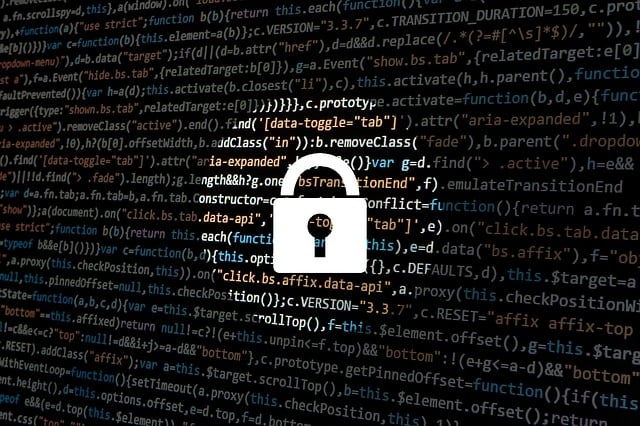
Provide them with detailed information about the transaction, including the date, time, and amount involved. They will investigate the matter and take necessary actions to secure your account and prevent further unauthorized activity.
It’s important to act quickly because delaying reporting could result in more financial loss. Be prepared to answer any additional questions or provide supporting documents that they may require during the investigation process.
Remember, reporting suspicious activity promptly can help safeguard your funds and maintain the security of your online shopping experience.
Taking Prompt Action in Case of Payment Fraud
Taking immediate action is crucial in case of payment fraud to protect your finances and ensure a smooth transaction experience.

If you suspect any fraudulent activity on your payment card, the first step is to contact your bank or credit card company immediately. Inform them about the suspicious transaction and provide all the necessary details. They will guide you through the process of reporting the fraud and help you to secure your account.
It is also important to monitor your account regularly for any unauthorized transactions. Be proactive and review your bank statements and transaction history frequently. If you notice any discrepancies or unfamiliar charges, report them immediately.
Remember, acting promptly can help minimize the damage caused by payment fraud and increase the chances of recovering your funds.
Recap
To ensure the security of your personal information while shopping online, it’s crucial to follow safe online shopping tips, even though it may require a bit of extra time and effort.
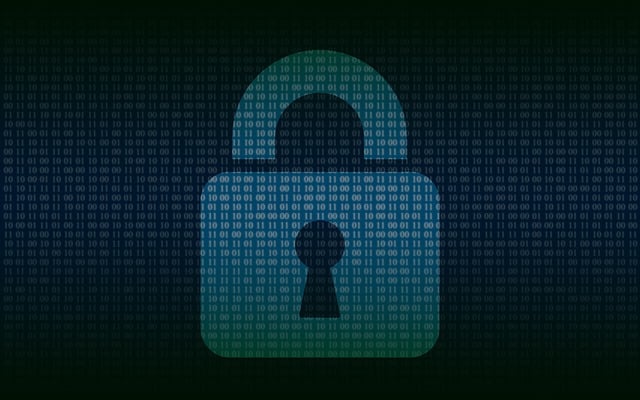
Think about the importance of responsible online shopping practices and the need to secure personal information. By taking prompt action in case of payment fraud, you can protect yourself from potential financial loss and identity theft. Remember to regularly review your bank and credit card statements for any suspicious activity and report it immediately.
Additionally, keep your devices and software up to date to minimize the risk of malware and hackers. Be cautious when sharing personal information online and only provide it to reputable and secure websites. Lastly, use strong and unique passwords for each online account and enable two-factor authentication whenever possible.
By following these guidelines, you can shop online with peace of mind.
Frequently Asked Questions
What are some common signs of a secure online retailer?
Common signs of a secure online retailer include a padlock symbol in the URL bar, an “https” instead of “http” in the website address, and trust seals from reputable third-party organizations like VeriSign or PayPal.
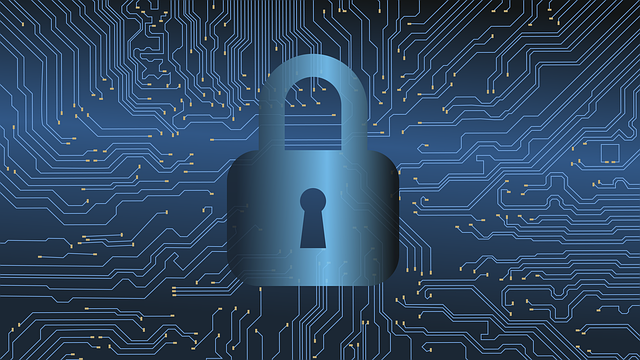
How can I protect my personal information while shopping online?
To protect your personal information while shopping online, be cautious and vigilant. Shield yourself by using secure payment methods, creating strong passwords, and avoiding suspicious websites. Safeguard your identity and shop with peace of mind.
What should I do if I suspect fraud during an online transaction?
If you suspect fraud during an online transaction, immediately contact your bank or credit card company to report it. They can help you cancel the transaction, protect your account, and investigate the fraud.
How can I ensure that my Wi-Fi connection is secure while shopping online?
To ensure a secure Wi-Fi connection while shopping online, always use a password-protected network and avoid public hotspots. Did you know that 67% of people use public Wi-Fi without knowing the risks? Stay safe and protect your personal information!
What steps can I take to educate my family members about safe online shopping practices?
Educate your family members about safe online shopping practices by discussing the importance of creating strong passwords, avoiding suspicious links and websites, and regularly updating antivirus software and security settings on their devices.

Conclusion
In conclusion, shopping online can be convenient and safe if you take the necessary precautions. By choosing secure online retailers and using protected payment methods, you can minimize the risks of fraud.
Remember to protect your personal information and keep records of your transactions for future reference.
Interestingly, did you know that according to a survey conducted by Statista, the global e-commerce market was projected to reach $6.54 trillion in 2022?
So, don’t let the fear of online shopping deter you, just be smart and shop securely!
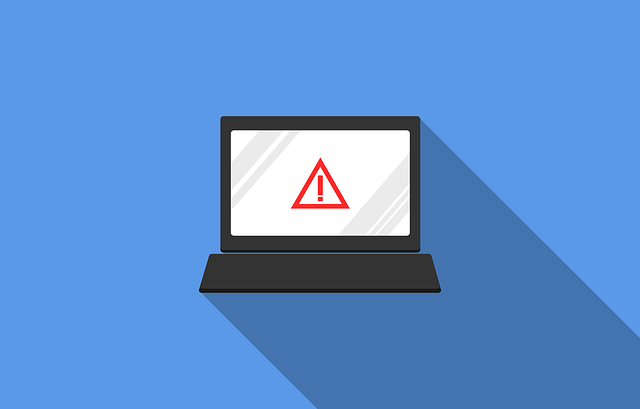
You might also like to read on these cybersecurity articles on Get Hitch
Protecting Your Online Reputation: Strategies for Maintaining a Positive Image
Protecting Your Identity Online: Essential Tips for Personal Information Security








